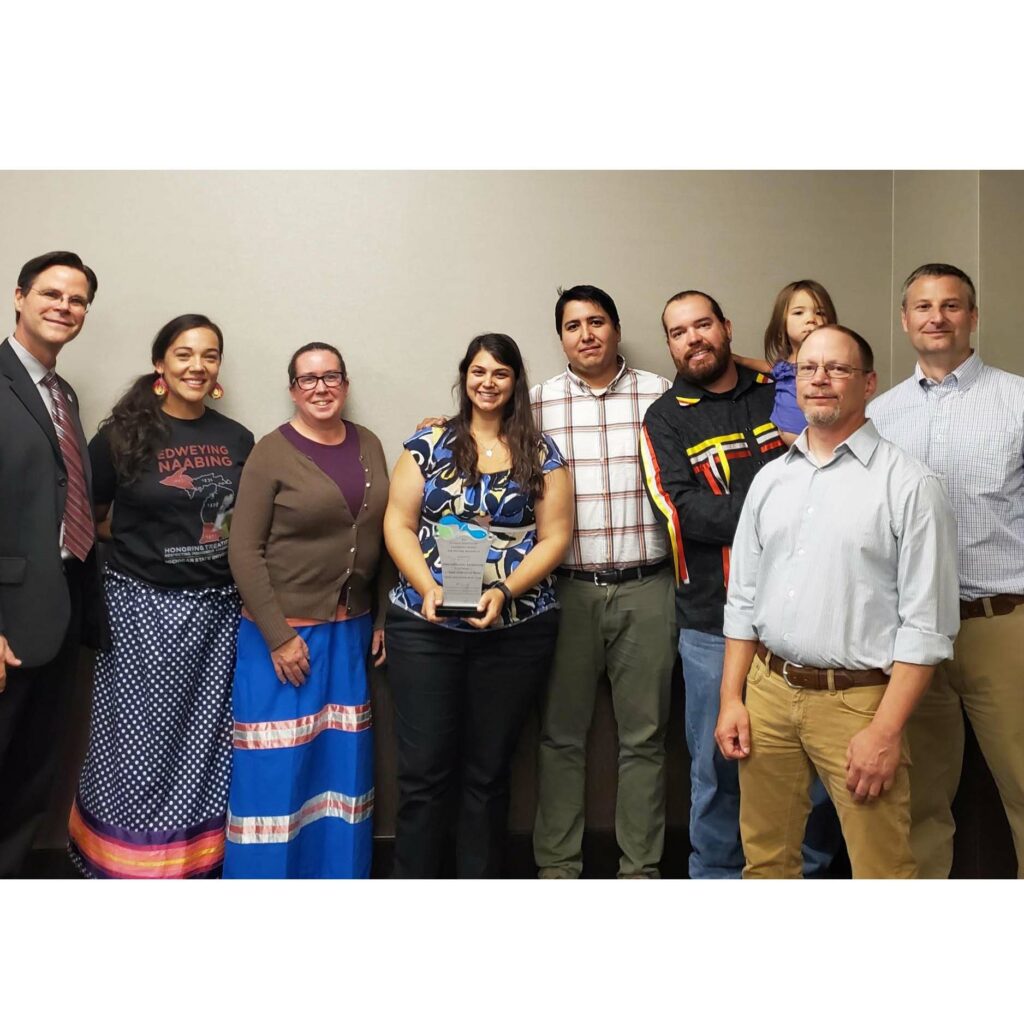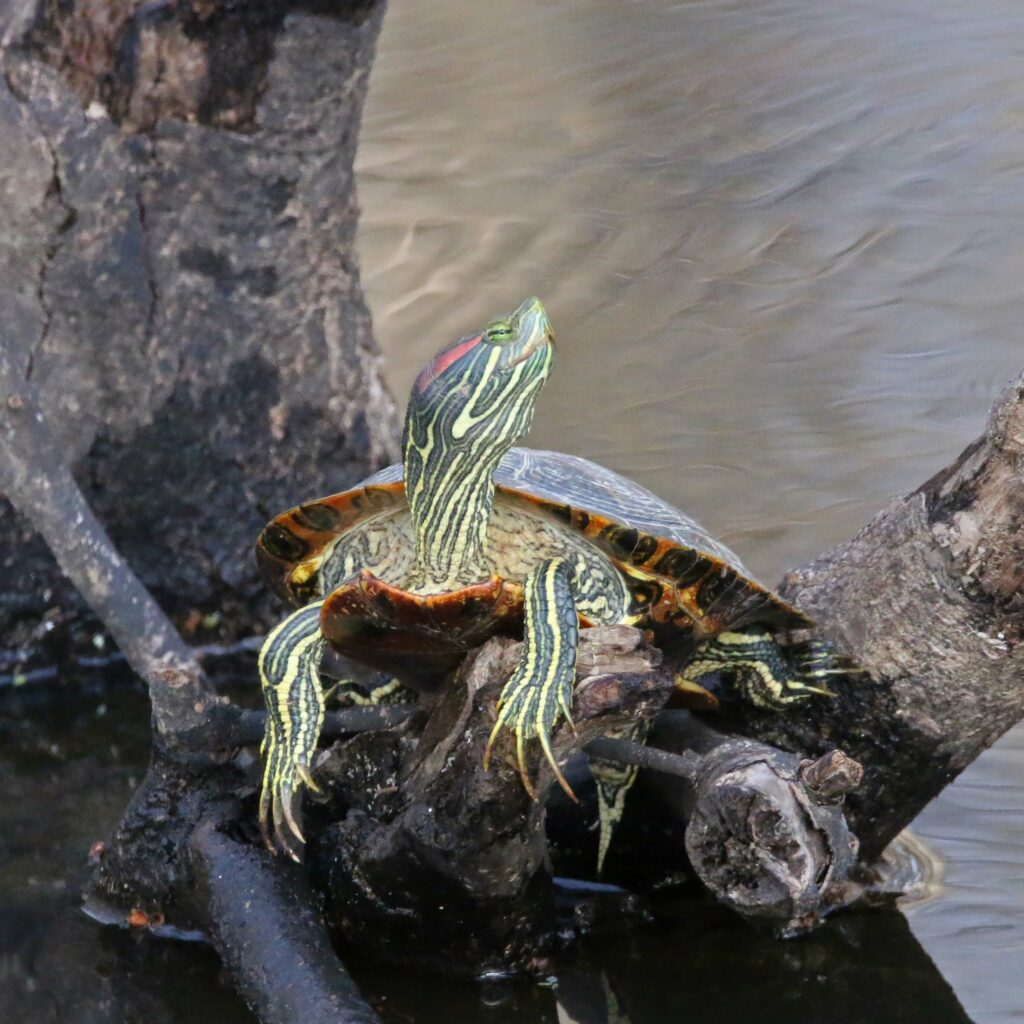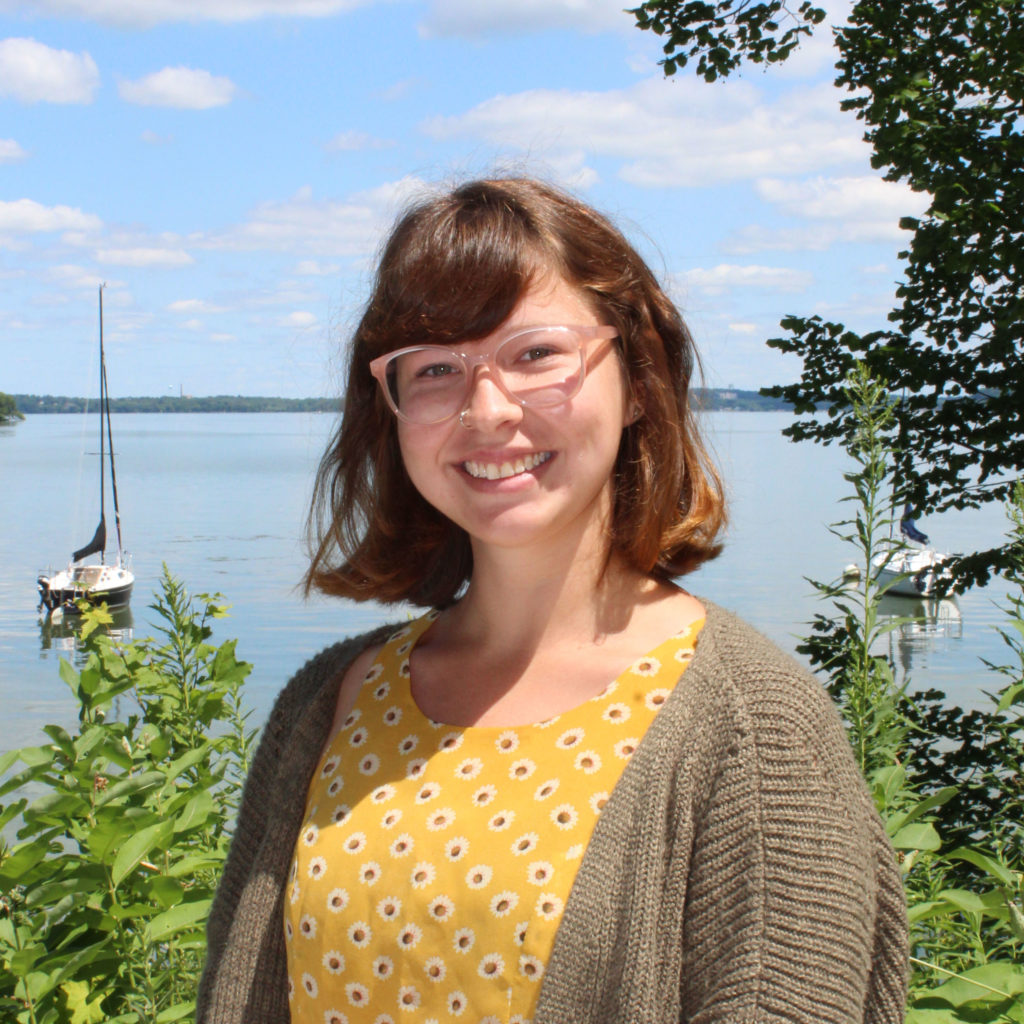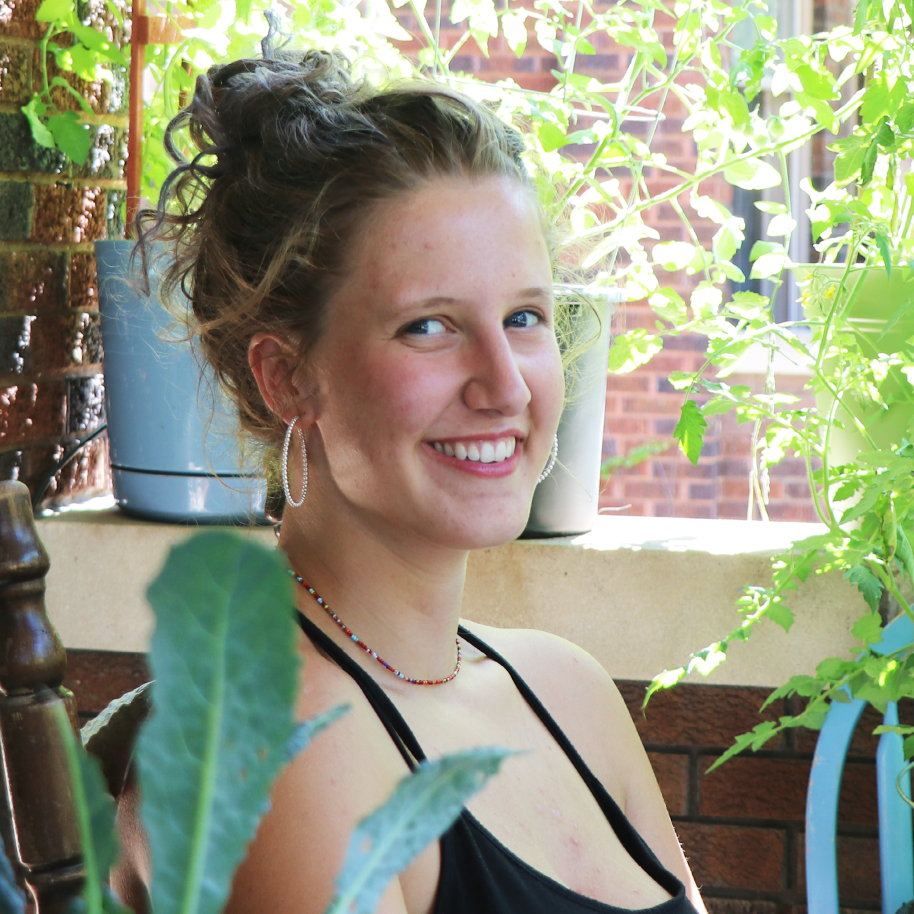Episode 9, March 9, 2021
Becoming “invasive”
Who gets to decide where a species belongs? What does it mean for something to be “invasive?” In episode nine, we explore these questions.
The term “invasive species” is commonly used by researchers and academics. But as the authors of the Dibaginjigaadeg Anishinaabe Ezhitwaad – A Tribal Climate Adaptation Menu developed the indigenous resilience guide, they spent long hours reckoning with the term “invasive,” along with a slew of other Western terms like “climate change” and “management.” We speak to Jerry Jondreau, Katy Bressette and Melonee Montano about the team’s use of the term “non-local beings” and the Ojibwemowin phrase bakaan ingoji ga-ondaadag.
Scholar Paul Robbins has also thought a lot about “invasiveness.” His personal journey with invasive species started with a flat tire in Rajestan, India. Since then, he’s studied human interactions with nature and the politics of natural resource management. “A species is not invasive unless we say it is,” explains Paul.
Lastly, we join a group of reptile and amphibian experts who are debating if a popular pet turtle species, the red-eared slider, should be listed as prohibited or restricted in Wisconsin’s invasive species law. (We also drop in on a group of mammal experts deliberating about feral hogs.) Species assessment groups convene every one to two years to discuss the species most capable of causing economic and ecological harm to the state.

Here, members of the Tribal Climate Adaptation Menu team receive an award at the Climate Adaptation Leadership Award presentation in 2019. Pictured from left to right are Thomas Eason, Katy Bresette, Melonee Montano, Sara Smith, Greg Gauthier, Jerry Jondreau, Rob Croll and Chris Swanston. Photo: Maggie Johnson.

Professor Jack Williams walks us through the climactic change of the last 20,000 years, using Madison’s Picnic Point as an example. The glacier that once covered Picnic Point melted 15,000 years ago, forming the four surrounding lakes and ushering in waves of migrating species. As climate rapidly warms today, species are always moving and adapting.
Thanks to our guests
Paul Robbins, University of Wisconsin-Madison
Tara Bergeson, Wisconsin Department of Natural Resources
Jerry Jondreau and Katy Bresette, Dynamite Hill Farms
Melonee Montano, Great Lakes Indian Fish and Wildlife Commission
Sara Smith, College of Menominee Nation
Davin Lopez, Wisconsin Department of Natural Resources
Herptile Species Assessment Group members
Mammals Species Assessment Group members
Credits

Bonnie Willison | Host
Video Producer
What I do at Sea Grant
As the videographer and digital storyteller, Bonnie uses her video and animation skills to showcase the stories of Wisconsin Sea Grant.

Sydney Widell | Host
Student podcast producer
What I do at Sea Grant
Sydney brings her background in geography and journalism to Wisconsin Sea Grant, where she is the co-producer and co-host of Introduced.


